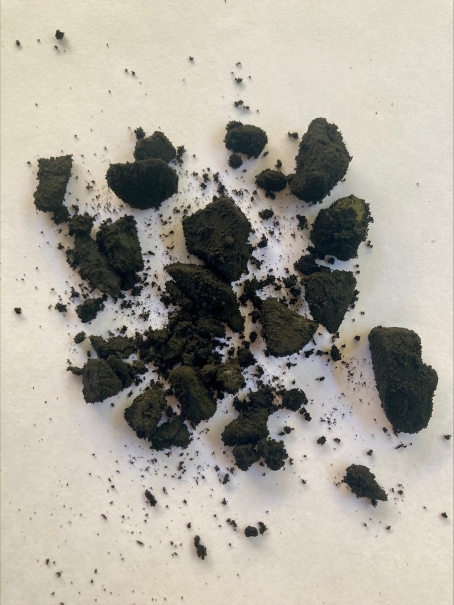
Why Riders Shouldn’t Overlook Their Impact Protectors
When it comes to motorcycle safety gear, most riders know the importance of abrasion resistance and fit. But one critical element is often overlooked: the condition and quality of your impact protectors.
Recently, a friend of MotoCAP shared a cautionary tale. He was preparing to lend his wife’s motorcycle jacket to a colleague for a ride. As he pulled it from the cupboard, he noticed something odd—the shoulder and elbow areas felt unusually soft and uneven. Curious, he opened the armour pockets and was shocked to find the impact protectors had completely degraded, crumbling into powdery fragments.

This discovery raised a serious question: had his wife been riding with compromised protection long before the breakdown was visible? The answer, unfortunately, is likely yes.
Why Impact Protectors Matter
Impact protectors are designed to absorb and disperse energy during a crash, reducing the force transmitted to vulnerable joints like shoulders, elbows, hips, and knees. MotoCAP’s testing shows that well-performing protectors significantly reduce impact energy, which can mean the difference between walking away from a crash or sustaining serious injury.
However, not all protectors are created equal—and even high-quality ones degrade over time. Exposure to heat, moisture, and age can cause materials to break down, especially if stored improperly. Riders should regularly inspect their gear and replace protectors that show signs of wear, brittleness, or deformation.
Not Just Any Armour Will Do
MotoCAP has expanded its testing to include aftermarket impact protectors, giving riders the ability to upgrade their gear with better-performing options. For example, D3O LP2 PRO Level 2 protectors scored 8–9 out of 10 in MotoCAP’s ratings for shoulders, elbows, and knees. These scores reflect superior energy absorption and positioning stability—key factors in real-world protection.
Some jackets and pants tested by MotoCAP could have achieved higher safety ratings if they had been fitted with better quality protectors from the start. This highlights the importance of not just relying on what comes standard with your gear, but actively choosing components that meet your safety expectations.
Age Matters
The story of the powdered protectors is a stark reminder that age can compromise safety. Even if gear looks fine externally, the internal armour may be deteriorating. If your gear is several years old, or has been stored in hot or humid conditions, it’s worth checking the protectors—or replacing them altogether.
As Associate Professor Chris Hurren, MotoCAP’s Chief Scientist, explains:
“Impact protectors play a vital role in reducing injury severity during a crash. But their effectiveness depends not only on their design and rating, but also on their condition. Riders need to be aware that these components degrade over time. If your protectors are old, brittle, or misshapen, they may offer little to no protection when you need it most.”
Supporting Smarter Choices
MotoCAP exists to empower riders with independent, science-based information. Whether you’re buying new gear or reassessing what you already own, MotoCAP’s ratings help you make informed decisions about protection, comfort, and durability.
So next time you gear up, take a moment to check your impact protectors. Are they still intact? Are they positioned correctly? Are they rated to absorb the energy of a crash? If not, it might be time for an upgrade.
Because when it comes to riding, protection isn’t just about what you wear—it’s about how well it works when you need it most.
